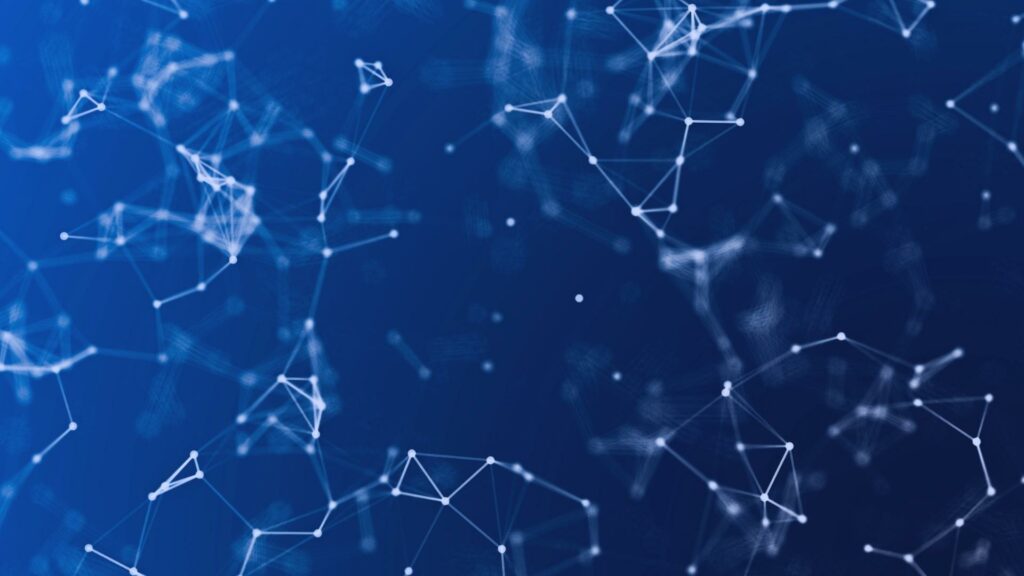Deci’s platform enables AI developers to build, optimize and deploy highly accurate, fast and efficient computer vision models on any hardware
Tel Aviv, Israel, May 11, 2022 – Deci, the deep learning company harnessing AI to build AI, today launched Version 2.0 of its deep learning development platform, making it easier than ever before for AI developers to build, optimize, and deploy computer vision models on any hardware and environment including cloud, edge and mobile with outstanding accuracy and runtime performance.
AI developers face an uphill struggle developing production-ready deep learning models for deployment. These challenges can be largely attributed to the AI efficiency gap facing the industry in which algorithms are growing more powerful and complex, but available compute power is not keeping pace. This gap also creates financial barriers by making the deep learning development and processing more cumbersome and expensive.
While Neural Architecture Search (NAS) has been presented as a potential solution to automate the design of superior artificial neural networks that can outperform manually-designed architectures, the resource requirements to operate such technology is excessive. To date, NAS has only been successfully implemented by tech giants like Google, Microsoft and in the confines of academia, proving its impracticality for the vast majority of developers.
In order to solve this problem, Deci’s platform, powered by its proprietary NAS engine called AutoNAC (Automated Neural Architecture Construction), enables AI developers to automatically and affordably build efficient computer vision models that deliver the highest accuracy for any given inference hardware, speed, size and targets. Models generated by Deci outperform other known state-of-the-art (SOTA) architectures by a factor of 3x-10x.
The new version of Deci’s deep learning platform makes hardware-aware NAS technology accessible to AI teams of any size, helping them eliminate complexities and focus on what they do best – build innovative computer vision applications.
Developers can start their projects with pre-trained and optimized models (DeciNets) that were generated by the AutoNAC engine for a wide range of hardware and computer vision tasks or use the AutoNAC engine to generate more custom architectures that are tailored for their specific use-cases. In addition, the platform supports teams with a wide range of tools required to develop deep learning-based applications including a hardware-aware model zoo to easily select and benchmark models and hardware, SuperGradients – an open source training library with proven recipes for faster training, automated runtime optimizations, model packaging and more.
By using Deci’s platform, AI developers achieve improved inference performance and efficiency to enable deployment on resource constrained edge devices, maximize hardware utilization and reduce training and inference cost. The entire development cycle is shortened and the uncertainty of how the model will deploy on the inference hardware is eliminated.
“The new version of Deci’s deep learning platform makes hardware-aware NAS technology accessible to AI teams of any size, helping them eliminate complexities and focus on what they do best – build innovative computer vision applications.” said Yonatan Geifman, co-founder and CEO of Deci. “We take pride in the fact that the deep learning models generated by Deci’s platform are powering AI-based applications of some of the leading enterprises worldwide. We are excited to unleash this powerful engine to help make computer vision even more widely available. Only then can we truly achieve a world where AI advances humanity without limitations, finally making AI affordable, accessible and scalable for all.”
With Deci’s Version 2.0 platform, AI developers can:
- Easily benchmark models and inference hardware
With Deci’s hardware-aware model zoo, developers can quickly measure inference time of pre-trained and optimized models on and various hardware including edge devices via Deci’s SaaS platform. Simplify the hardware and model selection process by eliminating the need to manually setup and test various combinations of models and hardware.
- Generate Tailored SOTA CNN Architectures
Automatically find accurate & efficient architectures tailored for the application, hardware and performance targets with Deci’s AutoNAC engine.
- Simplify Training with SuperGradients
Leverage proven hyperparameter recipes and with Deci’s PyTorch based open source training library called SuperGradients.
- Automated Runtime Optimization
Automatically compile and quantize your models and evaluate different production settings.
- Deploy with a Few Lines of Code
Developers can deploy their deep learning workloads on any environment with the Deci’s python based inference engine.
Deci’s platform includes three tiers:
- Free Community Tier: For data scientists and ML engineers looking to find the best models, simplify hardware evaluation and boost runtime performance.
- Professional Tier: For deep learning teams looking to quickly achieve production grade inference performance and shorten development time.
- Enterprise Tier: For deep learning experts looking to meet specific performance goals for highly customized use cases.
Users can request a free trial to Deci’s community version to get started. For more information, visit us here.
This announcement was originally published on Cision PRWeb.







